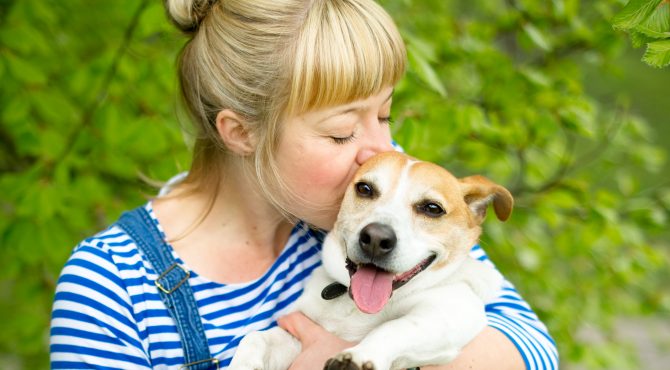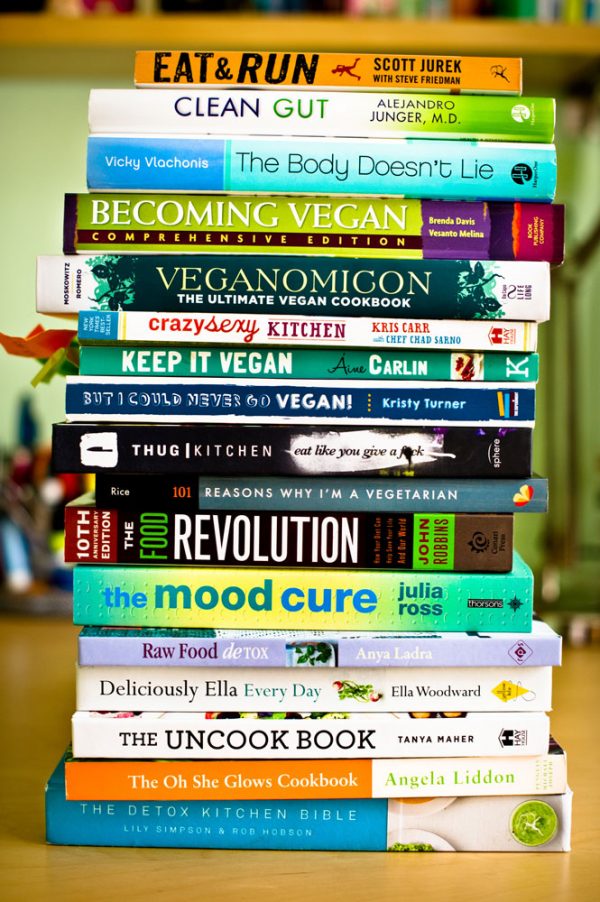My only regret about becoming vegan is not doing it sooner. – Ignatz Ziller II
And here we go, the dreaded ‘V’ word! But, no, I’m not going to hide behind the ‘plant-based’ diet term because veganism for me it’s not a diet: it’s a lifestyle. A lifestyle of eating colourful delicious food where restriction is not part of the equation (as in any conventional diet). Of course, there are always some people who try to tease me by asking questions such as ‘Can you still drink coffee or wine?’ As if I couldn’t eat meat, cheese or any other animal’s product. I CAN eat any of them but I DON’T WANT TO.
Here are the reasons why.
Empathy & Compassion
- Over 56 billion farmed animals are killed EVERY YEAR by humans. These shocking figures do not even include fish and other sea creatures whose deaths are so great they are only measured in tonnes.[1]
- If you string all of them together (chickens, cows, pigs & lambs) they would go to the moon and back FIVE times.[2]
- On an everyday basis animals worldwide are being enslaved, murdered, dismembered or tortured by the food and clothing industries, by vivisectors and hunters, and by their captors in rodeos, circuses and zoos.
- Animals are sentient creatures who feel pain and fear just like cats or dogs, or, indeed, as human beings.[3]
- There is no such thing as a humane killing. That’s an oxymoron.
- “Hogs get stressed out pretty easily. If you prod them too much they get heart attacks. If a hog has a heart attack and refuses to move, you take a meat hook and stick it into his bum hole. So you are dragging these hogs alive, and in a lot of times the hooks get ripped out of the bum hole. I’ve seen hams, thighs completely ripped open. I’ve also seen intestines come out. If the hog collapses near the front of the shoot, you shove the meat hook inside of his cheek or in the roof of their mouth and drive him forward when they are still alive. These hogs get up to the scalding tank, hit the water and they start screaming and kicking. Sometimes they thrash so much they kick water out of the tank. Sooner or later they drown, as there is a rotating arm that drags them under, no chance to get out. I’m not sure they burn to death before they drown but it usually takes them a couple of minutes to stop thrashing.”[4]
- “The poultry farms are filthy. There are flies, rats and five-inch long flying cockroaches covering the walls and floors. After the chickens are hung, sometimes they fall off into the drain that runs down the middle of the line. This is where cockroaches, intestines, disease parts, faecal contamination and blood are washed down. Workers vomit into the drain, employees are constantly chewing and spitting snuff and tobacco onto the floor, sometimes they need to relieve themselves on the floor. The supervisor told us to take out the dead chickens and send them down the line.” [5]
- “I have personally seen rotten meat, you can tell by the odour. This rotten meat is mixed with fresh meat and sold for baby food. We are asked to mix it with fresh food and this is the way it is sold, you can see the worms inside the meat.”[6] – Direct quote from a poultry plant worker.
- Milk: Since male calves are not able to produce milk, they are being taken away from their mothers and locked in small stalls. Minimal to no movement is allowed; this prevents muscle development, which keeps THEIR flesh extra tender. This is a result of the dairy industry. [7]
- Eggs: Male chicks on an egg farm are considered useless by-products and are thrown into rendering machines fully conscious. This is a result of the egg industry.[8]
- Wool: Like puppies, lambs are born with a long tail. When they are less than six months the tail and the skin around their buttocks is cut off (called mulesing) with a pair of metal shears (to reduce soiling) usually without any pain relief. Male lambs usually have to endure both castration, tail docking and mulesing at the same time! Sharp shearing blades often shear sheep, and when they suffer larger wounds, it is considered acceptable industry practice to stitch them up without providing any pain relief. There is also currently no requirement for shearers to undergo formal training and accreditation.[9]
- Fur: Minks, chinchillas and foxes are usually killed by being gassed or electrocuted vaginally/anally![10]
- Feathers: In many cases geese are being live-plucked to steal their feathers for the down industry.[11]
Further resources:
Books
- The World Peace Diet: Eating for Spiritual Health and Social Harmony – by Will Tuttle
- Eternal Treblinka: Our Treatment of Animals and the Holocaust – by Charles Patterson
- Why We Love Dogs, Eat Pigs, and Wear Cows: An Introduction to Carnism: The Belief System That Enables Us to Eat Some Animals and Not Others (Hardcover) – by Melanie Joy
- Dominion: The Power of Man, the Suffering of Animals, and the Call to Mercy - by Matthew Scully
- Vegan Freak: Being Vegan in a Non-Vegan World – by Bob Torres
Talks
- What’s wrong with what we eat – Mark Bittman, Ted Talks
- Best Speech You WIll Ever Hear – Gary Yourofsky
- 101 – Reasons to Go Vegan – James Wildman
- Vegans on top – Ori Shavit at TEDxHiriya
- Beyond Carnism and toward Rational, Authentic Food Choices – Melanie Joy, TEDxMünchen
- Plant-strong & healthy living – Rip Esselstyn, TEDxFremont
- Delay Death With Veganism – Documentary On Leading Causes Of Death – Dr. Michael Greger
Documentaries
- Forks over Knives (2011)
- Live and Let Live (2013)
- Cowspiracy: The Sustainability Secret (2014)
- Fat, Sick & Nearly Dead (2010)
- Peaceable Kingdom (2004)
Health
- First of all, we are not Carnivores:
- The human digestive system is 12 times the length of our body, designed for slow digestion of fruit and vegetables. Meat eaters’ digestive system is very simple and 3 times the body length so that rapidly decaying flesh can pass out of it quickly. When people eat meat, it starts to go off in their guts before it has the chance to be digested. Bon appetit!
- Humans have no claws and sharp teeth – good luck in trying to eat a cow using only your jaws!
- Carnivores do not chew their food unlike humans; they tear flesh and swallow it whole. This is because they do not start digesting food until it reaches their stomach. Their stomach acid is 20 times stronger than the humans. On the other hand, people have well-developed salivary glands and alkaline saliva needed to pre-digest grains and fruits.
- Carnivores’ jaws move only up and down. Herbivores can move their jaws up and down and from side to side, allowing them to grind up fruit and vegetables with their back teeth. Carnivores lack these back flat molars.
- In the US, half of the antibiotics produced are administered not to people but to the animals; that means that if you eat animal products, you consume the antibiotics too.
- 75% of the population is lactose-intolerant because we are not meant to drink milk; when we stop being babies we lose the Lactase Enzyme that breaks down the sugar known as lactose and therefore we are not able to digest milk.[12] You are not a baby anymore: stop drinking milk!
- #1 cause of food allergies amongst infants and children are Eggs and Cow’s Milk. [13]
- Countries with the highest consumption of milk (US, England, Sweden, Finland) also have the highest rate of osteoporosis (US, England, Sweden, Finland)[14]
- Consuming red meat is directly linked to colon cancer. Unfortunately, even though this is widely known, as the Meat Science Journal puts it: ‘adhering to these recommendations [removing red meat from our diet] would cause severe economical problems to the farmers and meat industry’…[15]
- Meat eaters (including poultry and fish) are 2-3 times more likely to get Alzheimer’s Disease.[16]
- Diabetes can be prevented and treated by a plant-based diet; and in many cases, it can even be reversed. Check: ‘Simply Raw: Reversing Diabetes in 30 Days’
- Medical studies show that if a meat eater and a vegan eats exactly the same amount of calories, over a period of 5 years the meat eater will gain approx. 2 kg. The strongest relation with annual weight change was observed with poultry.[17]
- Depression: it can take up to a month for Prozac to take effect while putting a person on a vegan diet results in significant mood change in just two weeks.
Ecological[18]
- Animal agriculture is the leading cause of species extinction, ocean dead zones, water pollution, and habitat destruction.
- Every minute, 7 million pounds of excrement is produced by animals raised for food, in the US only.
- Animal agriculture is responsible for 18 percent of greenhouse gas emissions, more than the combined exhaust from all transportation.
- Putting jokes aside, methane produced by cows, is 20 times more poisonous then C02. Reducing methane emissions would create tangible benefits almost immediately.
- We are currently growing enough food to feed 10 billion people but we give most of it to feed livestock animals instead of deal with the famine situation around the world. 82% of starving children live in countries where food is fed to animals, and the animals are eaten by western countries.
- Livestock covers 45% of the earth’s total land and every year we clear more for animal grazing. Animal agriculture is responsible for up to 91% of Amazon destruction.
- 2,500 gallons of water are needed to produce just 1 pound of beef.
- 5% of water consumed in the US is by private homes. 55% of water consumed in the US is for animal agriculture.
- 3/4 of the world’s fisheries are exploited or depleted.
- For every 1 pound of fish caught, up to 5 pounds of unintended marine species are caught and discarded as by-kill.
- Land required to feed 1 person for 1 year
Vegan: 1/6th acre
Vegetarian: 3x as much as a vegan
Meat Eater: 18x as much as a vegan - Each day, a person who eats a vegan diet saves 1,100 gallons of water, 45 pounds of grain, 30 sq ft of forested land, 20 lbs CO2 equivalent, and one animal’s life.
Is it true? Is it kind? Is it necessary? – Socrates
[1] http://www.animalequality.net/food
[2] https://www.ted.com/talks/mark_bittman_on_what_s_wrong_with_what_we_eat/transcript?language=en
[3] http://veganuniversity.org.uk/why-vegan/animal-suffering/
[4] ‘Slaughterhouse: The Shocking Story of Greed, Neglect, and Inhumane Treatment Inside the US Meat Industry” – Gail A. Eisnitz
[5] ‘Slaughterhouse: The Shocking Story of Greed, Neglect, and Inhumane Treatment Inside the US Meat Industry” – Gail A. Eisnitz
[6] ‘Slaughterhouse: The Shocking Story of Greed, Neglect, and Inhumane Treatment Inside the US Meat Industry” – Gail A. Eisnitz
[7] http://www.peta.org/issues/animals-used-for-food/animals-used-food-factsheets/veal-byproduct-cruel-dairy-industry/
[8] http://www.adaptt.org/veganism.html#
[9] http://www.adaptt.org/veganism.html#
[10] http://www.adaptt.org/veganism.html#
[11] http://www.adaptt.org/veganism.html#
[12] The Animal Rights Foundation of Florida (ARFF) presents “101 Reasons to Go Vegan” presented by Humane Educator, James Wildman
[13] https://www.niaid.nih.gov/topics/foodallergy/documents/foodallergy.pdf
[14] The Animal Rights Foundation of Florida (ARFF) presents “101 Reasons to Go Vegan” presented by Humane Educator, James Wildman
[15] Uprooting the Leading Causes of Death http://bit.ly/nutritionfactsupdates
[16] Uprooting the Leading Causes of Death http://bit.ly/nutritionfactsupdates
[17] Uprooting the Leading Causes of Death http://bit.ly/nutritionfactsupdates


